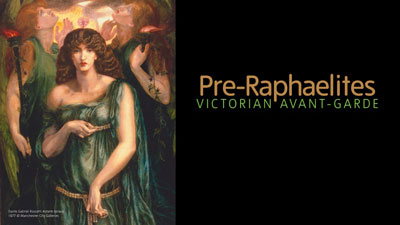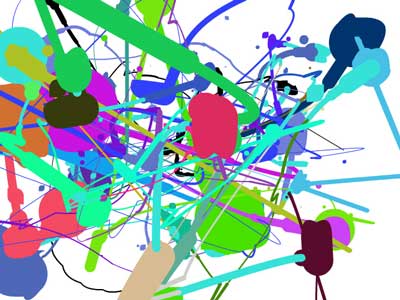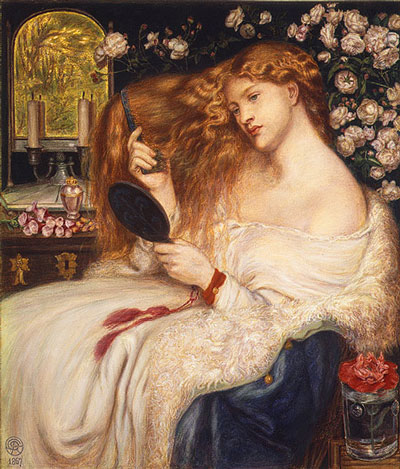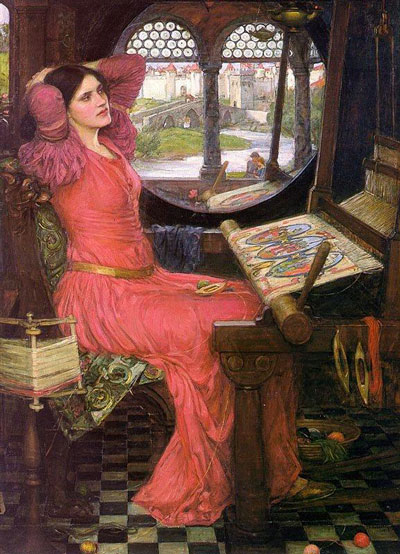A product of their times
Yes, the Pre-Raphaelites were different, they were radical, but they were also very much a product of their times, of their culture. And that culture was one which (rather inconveniently for anyone wanting to portray them as swivel-eyed revolutionaries) celebrated things like polite conduct, hard graft, philanthropy, Christian/Humanist values, Gothic architecture and design - and, in their weaker moments, probably more than a little helping of Imperial pomp and swagger. (Prince Albert's Great Exhibition of 1851 at the Crystal Palace was being planned at that very moment, don't forget).
Founded in 1848 by artists William Holman Hunt, John Everett Millais and Dante Gabriel Rossetti, the Pre-Raphaelite Brotherhood became a loosely bound gathering of assorted genius, which quickly brought in other exceptional creative spirits such as William Morris and later, Edward Burne Jones, John William Waterhouse and many others. Rather than being avant garde, they were really more intent on looking backwards in time, to an era when painting was, if only in their imaginations, of a higher standard of allegorical content and visual accuracy. They wanted their paintings to faithfully reflect nature and anatomical detail and also to have a deeper meaning - beyond the merely decorative.




